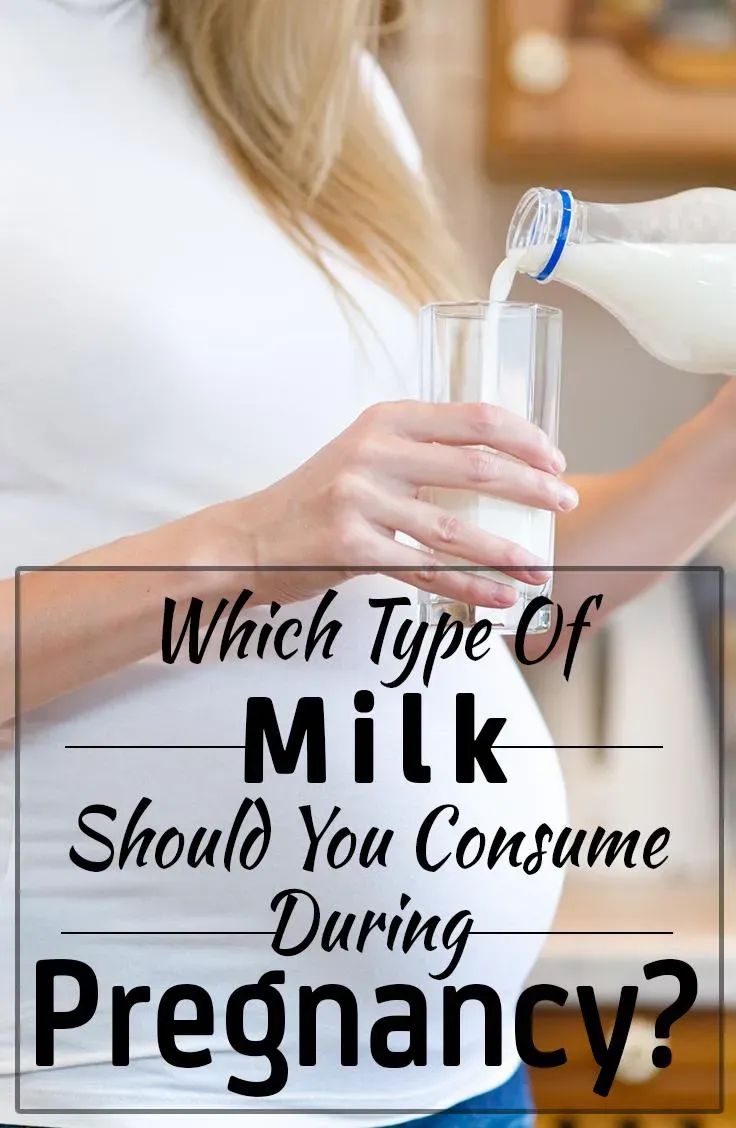Table of Contents
Expecting a baby brings a whirlwind of decisions, especially about what you eat and drink. You hear a lot about getting enough calcium and protein, and milk often comes up. But with so many options on the dairy aisle, figuring out the best choice can feel like another thing to worry about. Is whole milk okay? What about skim? Let's cut through the confusion and talk specifically about drinking low fat milk during pregnancy.
Why Milk Matters When You're Expecting

Why Milk Matters When You're Expecting
Alright, so you're digging into this pregnancy nutrition stuff, huh? Good! Let's talk milk. Seriously, it's not just some old-school drink; it's packed with serious punch when you're growing a human. Why Milk Matters When You're Expecting boils down to a few key players that are absolutely crucial for your little one's development – and keeping you feeling halfway decent too. Think of it as building blocks. Your baby is basically constructing their entire skeleton, muscles, and nervous system from scratch inside you, and they need a steady supply of raw materials. Milk delivers some of the best ones in a really easy-to-absorb package.
Here are some of the star players milk brings to the table:
- Calcium: Non-negotiable for building strong bones and teeth for your baby. It also helps your muscles and nerves work right. If you don't get enough, your body will steal it from your own bones – not ideal.
- Protein: Essential for tissue growth, both yours and the baby's. It helps build organs, muscles, and even their tiny fingernails.
- Vitamin D: Works hand-in-hand with calcium to help your body absorb it. Crucial for bone health in both of you and supports the immune system. Many milks are fortified with it.
- Riboflavin (B2): Helps convert food into energy. Pregnancy is tiring; you need all the energy help you can get.
- Phosphorus: Another mineral vital for bone formation and energy production.
The Benefits of Low Fat Milk During Pregnancy

The Benefits of Low Fat Milk During Pregnancy
so we know milk is great, but why specifically low fat milk during pregnancy? Think of it this way: you're already dealing with potential weight changes and wanting to keep things balanced. Choosing low fat milk means you get all those fantastic nutrients we just talked about – the calcium, protein, Vitamin D – without the extra saturated fat and calories that come with whole milk. It’s like getting the nutritional goldmine but leaving the less essential stuff behind. This can be a real plus for managing healthy weight gain during pregnancy and keeping your overall saturated fat intake in check, especially if other parts of your diet include fats from meat or other sources. It’s about making smart swaps where you can easily.
Low Fat Milk During Pregnancy: Comparing Your Options

Low Fat Milk During Pregnancy: Comparing Your Options
Skim vs. 1% vs. 2% Milk: What's the Difference?
Alright, let's get real about the dairy aisle. It's not just "milk" anymore, is it? You've got options: skim, 1%, 2%, whole. When we talk about low fat milk during pregnancy, we're generally lumping skim (fat-free), 1%, and 2% milk together. The main difference? The amount of fat by weight. Skim has virtually none, 1% has, well, 1%, and 2% has 2%. Simple math, really. Nutritionally, they're pretty similar when it comes to calcium, protein, and added Vitamin D. The big trade-off is the fat content and the calories that come with it. Whole milk, for comparison, clocks in around 3.25% fat. Choosing a lower-fat option reduces your saturated fat intake without sacrificing those crucial pregnancy nutrients.
Beyond Cow's Milk: Plant-Based Alternatives
Maybe cow's milk isn't your jam, or you have dietary restrictions. No sweat. The world of plant-based milks has exploded. You've got soy, almond, oat, rice, cashew... the list goes on. But here's the catch when considering them during pregnancy: they aren't always nutritional equals to cow's milk, especially when it comes to protein and calcium unless they're specifically fortified. Soy milk is often the closest in protein content. Almond and rice milks can be lower in protein and other nutrients. If you go this route, check the labels carefully. Look for options fortified with calcium, Vitamin D, and sometimes B12. Don't just grab the first carton that looks pretty; make sure it's pulling its weight nutritionally.
Pasteurized vs. Raw Milk: A Non-Negotiable Point
let's get serious for a second. Regardless of whether you choose low fat milk during pregnancy or another type, there is one absolute rule: it MUST be pasteurized. Pasteurization is a process that heats the milk to kill harmful bacteria like Listeria, E. coli, and Salmonella. These bugs can cause serious illness for anyone, but for pregnant women, they pose a significant risk to the baby, potentially leading to miscarriage, stillbirth, or serious health problems for the newborn. Raw, unpasteurized milk might have a certain appeal to some, but the risk during pregnancy just isn't worth it. Period. Stick to the stuff that's been properly processed. This isn't a dietary preference; it's a safety issue.
Making Low Fat Milk Work in Your Pregnancy Diet

Making Low Fat Milk Work in Your Pregnancy Diet
Making Low Fat Milk Work in Your Pregnancy Diet
so you're sold on the idea of low fat milk during pregnancy. Great! Now, how do you actually get enough of the stuff into your day without just chugging glasses of it? Because let's be honest, that gets old fast. The trick is weaving it into things you already eat or drink. Think beyond the cereal bowl. Blend it into smoothies with fruits and maybe some spinach you won't even taste. Use it as the liquid base for your oatmeal or overnight oats. It makes things creamy and boosts the nutrition profile right from breakfast. You can also use it in cooking – think sauces, soups, or even baked goods where milk is required. Just make sure whatever you're adding it to is heated properly.
Getting your two to three servings a day of low fat milk during pregnancy doesn't have to be a chore. A serving is typically an 8-ounce glass, by the way. If drinking it straight isn't appealing, mixing it into other foods is your best bet. Consider making a simple pudding or custard with low-fat milk for a healthy dessert. Or, try a latte or coffee drink made with low-fat milk instead of cream. Small swaps add up quickly and help you hit those calcium and protein targets without feeling like you're forcing it down. Consistency is more important than quantity in one go.
- Blend into morning smoothies
- Use in oatmeal or overnight oats
- Incorporate into soups and sauces
- Make healthy puddings or custards
- Use for lattes or coffee drinks
Making the Right Milk Choice During Pregnancy
Navigating dietary choices during pregnancy involves balancing nutrient needs with practical considerations. Focusing on low fat milk provides essential calcium, protein, and vitamin D without the extra saturated fat found in whole milk. It's a straightforward way to support fetal development and your own health. While other options exist, pasteurized low-fat cow's milk remains a widely recommended and accessible choice for many expectant mothers aiming for a balanced diet. Ultimately, the goal is consistent nutrient intake, and low-fat milk offers a reliable path to meet those needs.